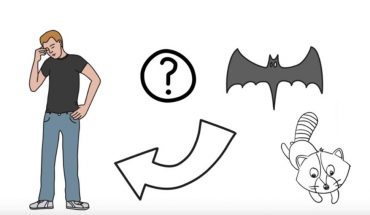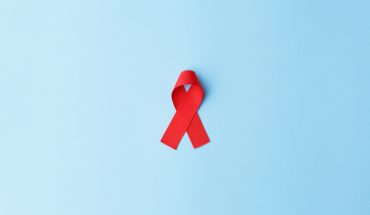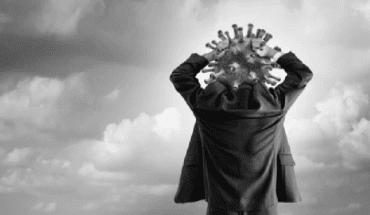Self-inflicted lung injury by COVID-19 patients: High respiratory efforts in COVID-19 patients could result in self-inflicted lung injury
- Some COVID-19 patients who experience acute respiratory failure respond by significantly increasing their respiratory effort – breathing faster and more deeply.
- There is concern among some doctors that this level of respiratory effort can lead to further damage to these patients’ lungs.
- Working with an international team of leading intensive care clinicians, engineering researchers at the University of Warwick have used computational modelling to provide new evidence that high respiratory efforts in COVID-19 patients can produce pressures and strains inside the lung that can result in injury.
The impact of high breathing efforts on the lungs of patients suffering with acute respiratory failure due to COVID-19 has been investigated by researchers at the University of Warwick, who assessed the likelihood of resulting lung injury.
Although mechanical ventilation is a life-saving intervention, the potential for mechanical ventilators to further damage already diseased lungs by applying excessive pressures and forces is now well recognised among intensive care clinicians, who implement specific protocols to minimise the risk of so-called ventilator-induced-lung-injury.
Since the start of the current pandemic, some clinicians have argued that similar injuries could potentially be produced by heightened respiratory efforts in spontaneously breathing COVID-19 patients.
So-called patient self-inflicted lung injury is a controversial concept in the intensive care community, with some clinicians insisting there is no evidence for its existence, while others argue that patients should, if necessary, be placed on mechanical ventilators to avoid it.
There is an ongoing debate about the potential for increased respiratory efforts to generate patient self-inflicted lung injury in spontaneously breathing patients with COVID-19 acute hypoxaemic respiratory failure, however direct clinical evidence linking increased inspiratory effort to lung injury is scarce.
In the paper, ‘High risk of patient self-inflicted lung injury in COVID-19 with frequently encountered spontaneous breathing patterns: a computational modelling study’, published in the journal Annals of Intensive Care, researchers from the University of Warwick have adapted a computational simulator of cardiopulmonary pathophysiology to quantify the mechanical forces that could lead to patient self-inflicted lung injury, at different levels of respiratory effort.
The simulator was set up to represent a population of 10 COVID-19 patients, being treated with supplemental oxygen.
For each of these patients, simulations across a range of tidal volumes (depth of breathing) and respiratory rates were tested, from a tidal volume of 7 ml/kg and respiratory rate of 14 breaths per minute (representing normal breathing), up to a tidal volume of 10 ml/kg and respiratory rate of 30 breaths per minute (representing high respiratory effort).
The results of the simulations indicated that potentially injurious pressures and strains could be generated at levels of respiratory effort that clinicians are frequently seeing in COVID-19 patients.
Professor Declan Bates, from the School of Engineering at the University of Warwick comments:
“Our modelling has found that patients who experience COVID-19 acute hypoxaemic respiratory failure may be at significant risk of patient self-inflicted lung injury due to increased respiratory efforts. These efforts need to be carefully monitored and controlled during their care.”
“Patients should always follow the advice of their clinicians regarding timing of initiation of oxygen support, non-invasive ventilation, or mechanical ventilation”.
- New lipid-based pathway discovered as key to memory formation - 25th June 2025
- Crucial link could explain how Alzheimer’s takes hold - 25th June 2025
- Understanding Your Mind Can Improve Daily Life - 25th June 2025







